FONTANE, PONTI, CANALI
The fountain is located in the gardens of S. Piero in Bagno, in front of the town hall. It is the work of the sculptor Andrea Cascella who named it Mosè and defined "sculpture with fountain".
The fountain named "Acqua: fonte di bellezza" (Water: source of beauty) is the work of the sculptor from Cesena Leonardo Lucchi and continues the great tradition of gracefulness.
It is in round arched masonry and connected the parishes of Strabatenza and Casanova dell'Alpe to the mule track of the valley that from Poggio alla Lastra reached Pietrapazza.
It is located on the Fosso di Rio Salso, near its confluence in the Bidente di Pietrapazza, just below Ca 'di Veroli.
It takes its name from an abandoned nucleus of Ca 'Morelli located along the paved mule track that, starting from the bridge, goes up to Rio Petroso.
It is placed in front of the cemetery, on the mule track that connected Pietrapazza to Ridracoli, passing through Siepe dell'Orso and Casanuova (Sentiero CAI 207).
This two-arched bridge over the Savio River was built on the orders of the Grand Duke of Tuscany Pietro Leopoldo between 1762 and 1768 to replace a dangerous and difficult "wooden bridge made of three sections with two blocks in the middle to support the beams".
This double-arched bridge spans the Rio torrent, which is the left tributary of the Savio River. It was built on the orders of the Grand Duke of Tuscany Pietro Leopoldo between 1775 and 1780, while previously the Rio torrent had to be dangerously forded.
This single-arch stone bridge is one of the most interesting constructions at Ridracoli. In 1816 the district engineer from Rocca S. Casciano, Giulio Gentili, drew up two plans for a bridge over the Bidente River at Ridracoli: one was a wooden bridge, like the previous one that had been destroyed that year by flood waters, while the other was a low-arched stone bridge.




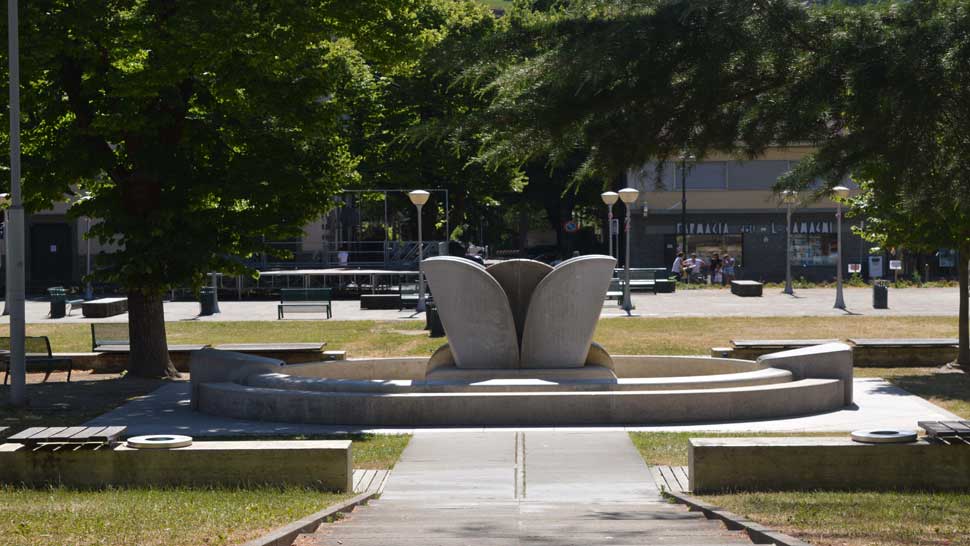
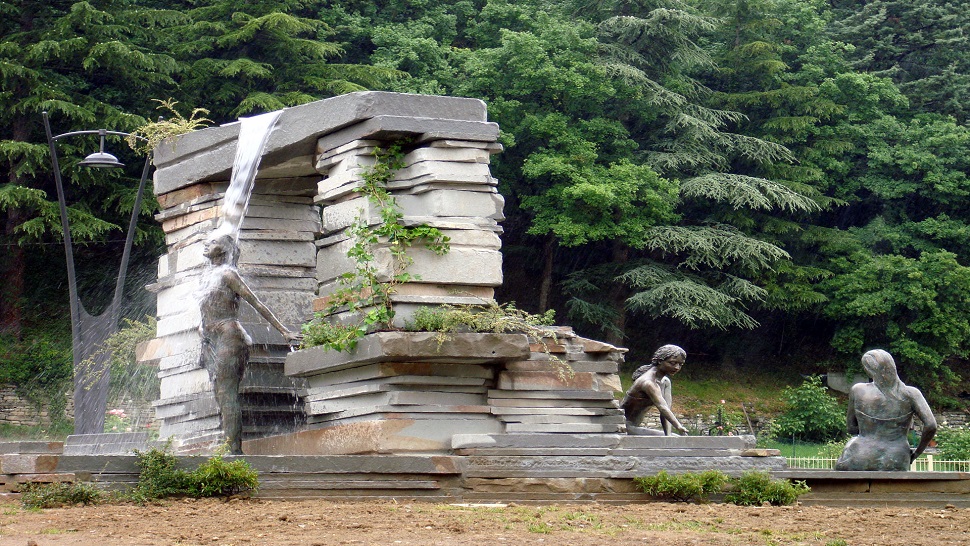
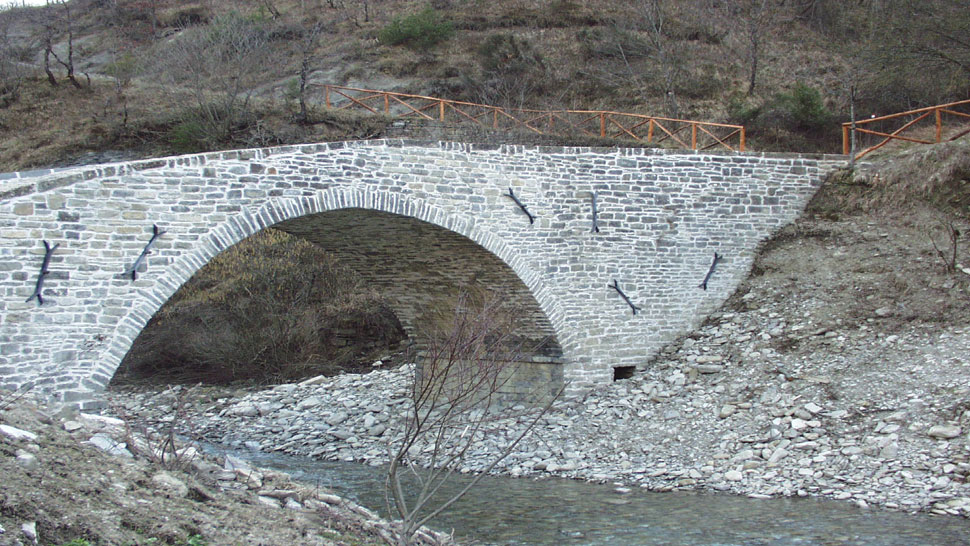
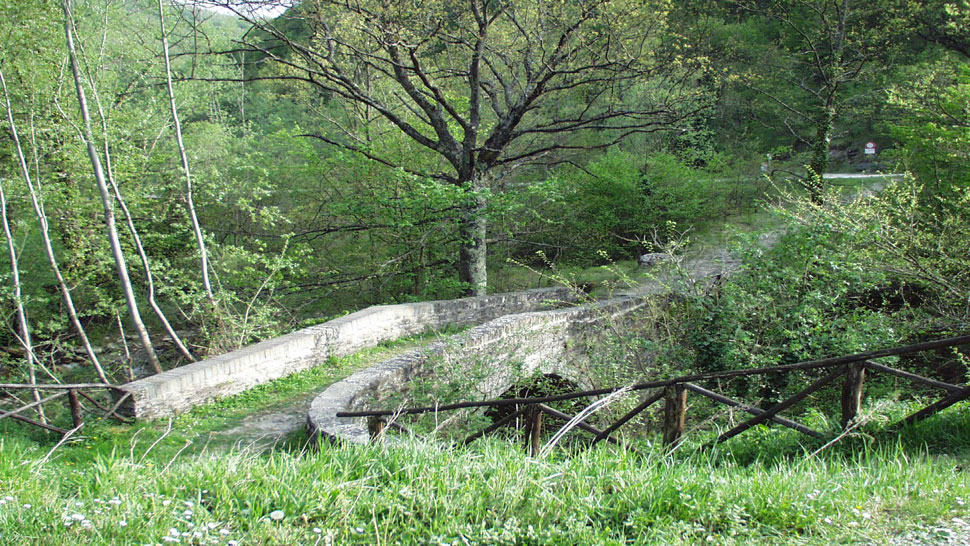
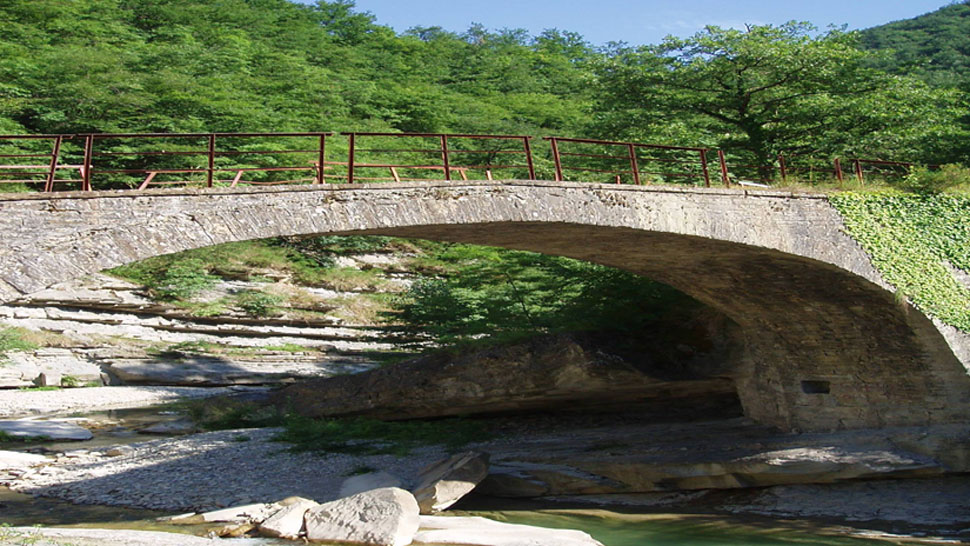
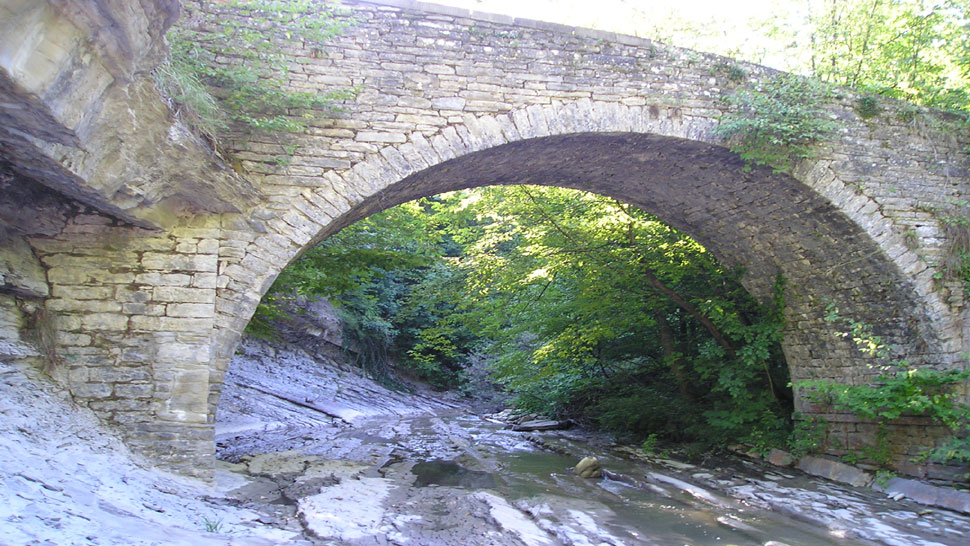
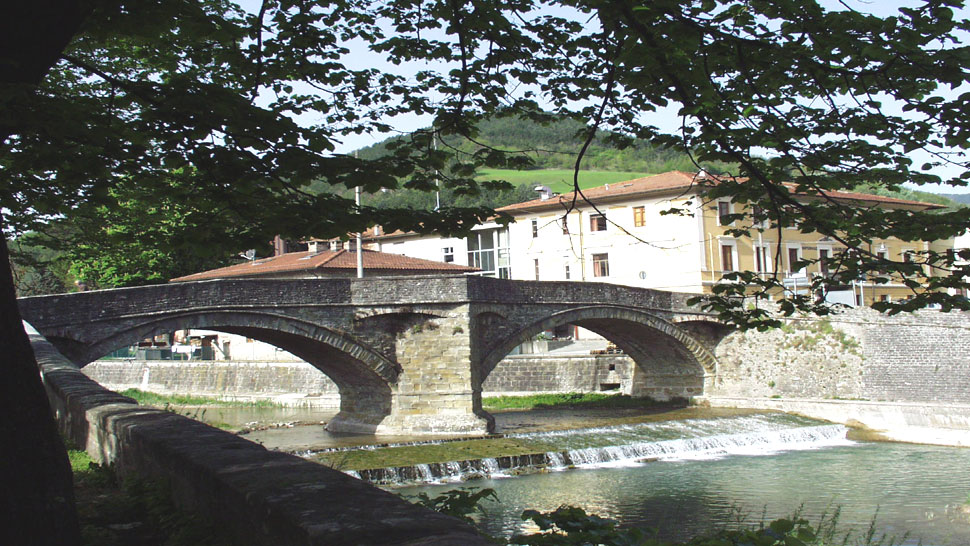
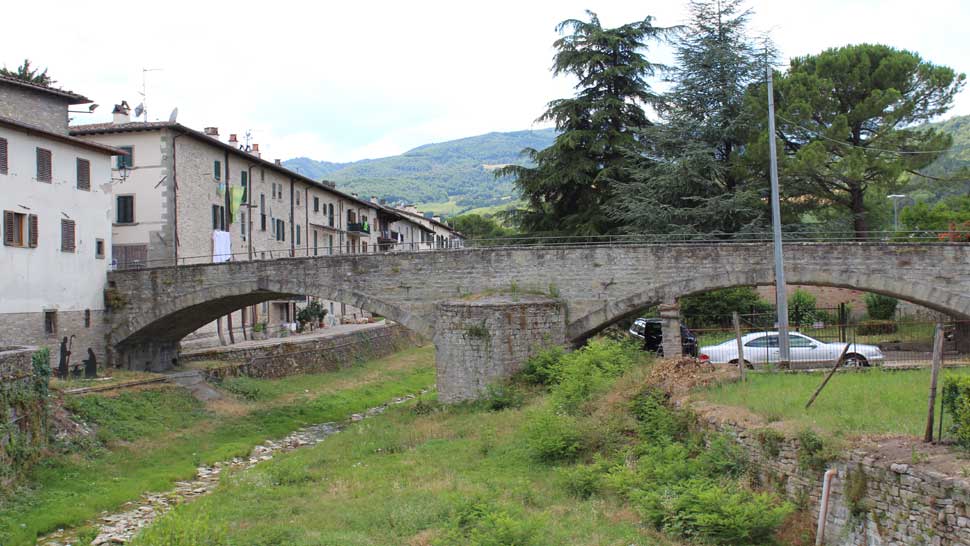








 Facebook
Facebook Instagram
Instagram Youtube
Youtube